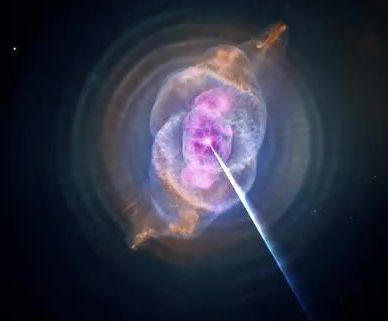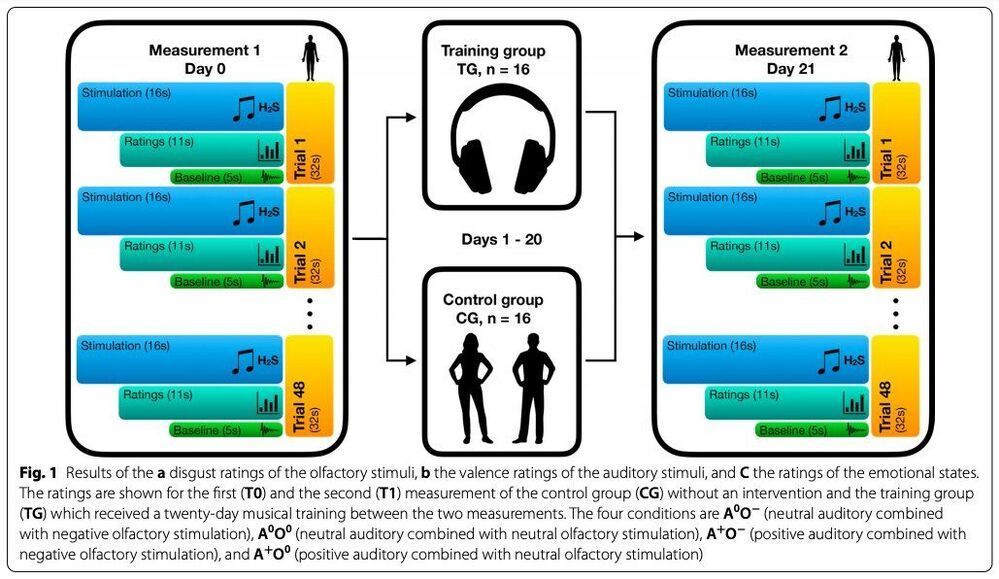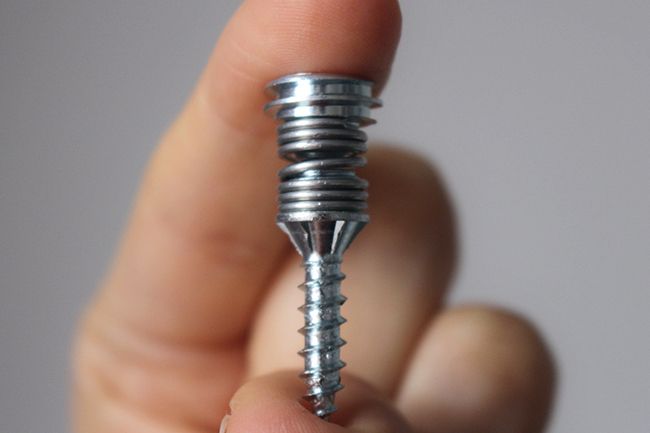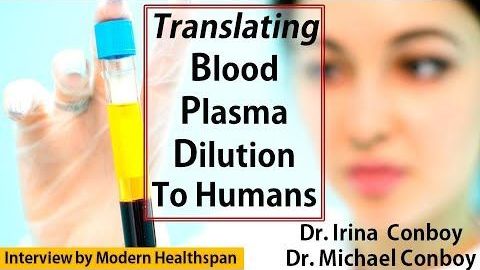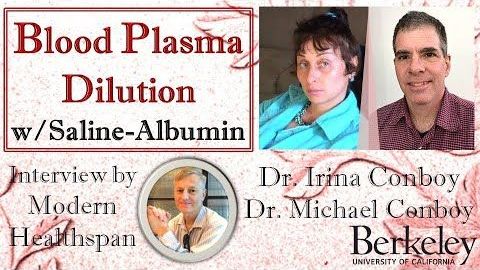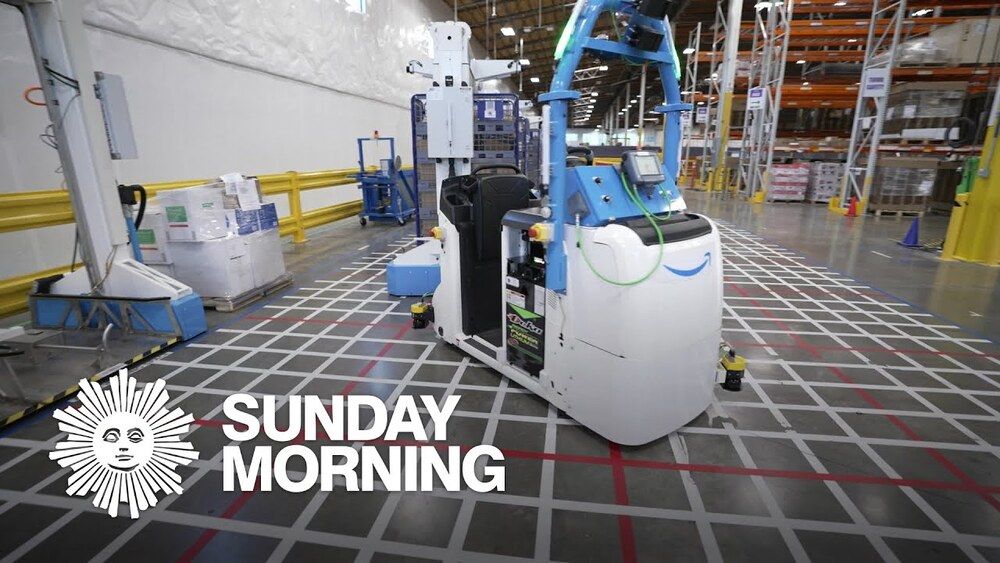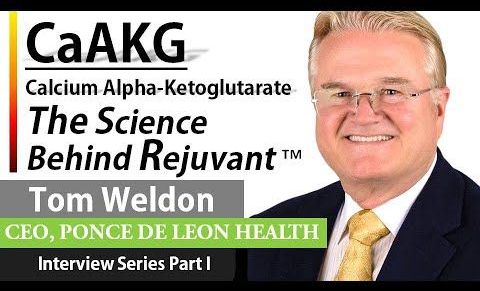Jul 21, 2021
Our Theory Of Aging & Blood Dilution w/ Saline & Albumin | Drs. Irina & Mike Conboy Interview Ep 1
Posted by Cherrie Ho in categories: bioengineering, biotech/medical, life extension, media & arts
In this video, Drs Irina and Mike Conboy talk about their theory of why we age and introduce Neutral Blood Exchange, which came from their original parabiosis experiments documented in a 2005 paper.
Our guests today are Drs. Irina and Michael Conboy of the Department of Bioengineering at the University of California Berkeley. their discovery of the rejuvenating effects of young blood through parabiosis in a seminal paper published in Nature in 2005 paved the way for a thriving field of rejuvenation biology. The Conboy lab currently focuses on broad rejuvenation of tissue maintenance and repair, stem cell niche engineering, elucidating the mechanisms underlying muscle stem cell aging, directed organogenesis, and making CRISPR a therapeutic reality.

